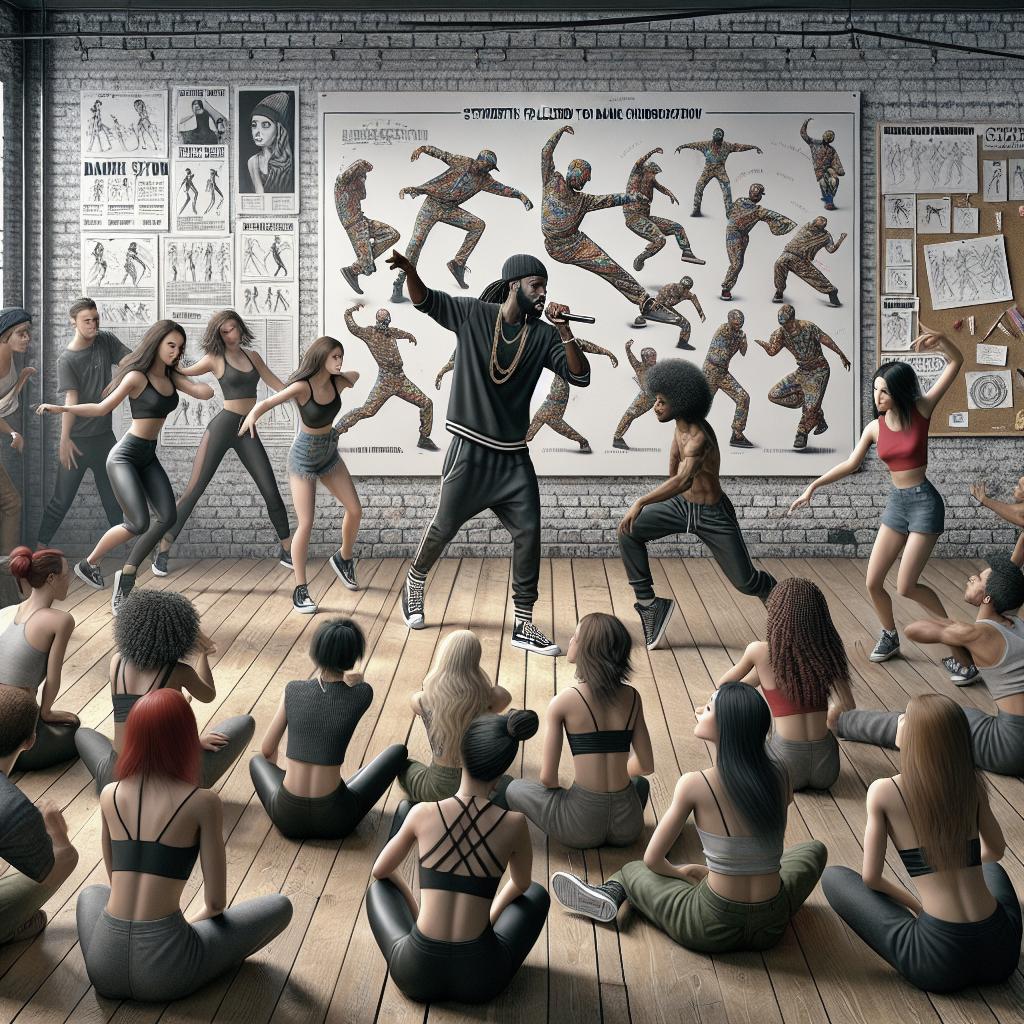Choreography for Beginners: A Step-By-Step Guide
Embarking on the journey of choreography can be both exciting and daunting, especially for beginners. This blog post is designed to guide novices through the basics of choreography, offering tips and techniques that can help lay the foundation for crafting captivating dance routines. From understanding the importance of musicality to learning how to find inspiration and structure a piece, this article aims to provide you with the essential tools needed to get started. Whether your goal is to perform professionally or simply enjoy a new hobby, these steps will help you express creativity through movement.
Understanding the Basics of Choreography
Choreography, at its core, is the art of creating dance sequences. It involves organizing movements and patterns in a coherent manner to convey a particular theme or emotion. As a beginner, it’s crucial to familiarize yourself with the fundamental aspects of dance composition, such as timing, space, shape, and energy. Learning how to utilize these elements effectively will allow you to develop a unique style and express your ideas more clearly.
Beginners should also study different genres of dance. From ballet to hip-hop, each style comes with its own set of rules and conventions. Understanding the diversity in dance styles can inspire creativity and provide a broader perspective on how movements can be structured and refined.
Finding Inspiration
One of the most exciting parts of choreography is finding inspiration. This can stem from a variety of sources, such as music, art, nature, or personal experiences. Music often serves as the primary fuel for a dance’s narrative, so choosing a piece that resonates with you emotionally can greatly influence the direction of your routine.
Keep an open mind and observe the world around you—sometimes, inspiration comes from the most unexpected places. Document your ideas in a journal or through video, allowing you to capture spontaneous movements or concepts that can be revisited and developed later.
The Art of Musicality
Musicality is an integral aspect of choreography and refers to how well a dancer expresses the nuances and emotions of the music through movement. As a beginner, working on your musicality will help synchronize your choreography to the rhythm, tempo, and mood of your chosen music. Practicing counting beats and understanding musical structures are essential skills that will enhance your choreographic work.
Listen closely to the music, identifying accents, phrasing, and any changes in dynamics that you can incorporate into your choreography. Your goal is to create movements that not only match the technical aspects of the music but also convey its emotional depth.
Creating Structure in Choreography
Creating a structured choreography involves organizing your ideas into a coherent sequence. Start with an outline or storyboard of your routine, indicating where specific movements, formations, and transitions will occur. This framework will guide you during the choreographic process and maintain a clear narrative throughout the dance.
Consider incorporating variations in pacing, formations, and dynamics to keep the audience engaged. Additionally, think about how entrances, exits, and changes in levels can add depth and dimension to your piece. Consistent practice and refinement will help in polishing these elements, resulting in a more professional and impactful performance.
Embracing Improvisation
Improvisation is a powerful tool in choreography and can be particularly beneficial for beginners. It allows you to explore new movements and ideas without the pressure of perfection. Set aside time to improvise and experiment with different styles, rhythms, and dynamics. This freedom can foster creativity and lead to discoveries that may enhance your choreographic vision.
Additionally, improvisation helps develop confidence and adaptability, skills invaluable for a choreographer. It encourages you to trust your instincts and demands that you be present in the moment, responding to the music and your surroundings with authenticity.
Practicing and Refining Your Routine
Once you have your choreography mapped out, it’s time to practice and refine. Repetition is key. Regular rehearsals not only help in memorizing sequences but also in polishing the movements and transitions. Pay attention to technique, ensuring that poses are clean and movements fluid.
Additionally, get feedback from others such as fellow dancers, instructors, or friends. Constructive criticism can provide valuable insights and highlight areas for improvement. Recording your practice sessions can also offer a new perspective on your choreography, helping you identify what works and what doesn’t.
Final Thoughts on Your Choreographic Journey
Embarking on the path of choreography as a beginner is an enriching and rewarding experience. By understanding the basics, finding inspiration, and practicing diligently, you pave the way for personal growth and creative expression. Remember that choreography is an evolving art form—embrace new challenges and continually strive to expand your understanding and capabilities in dance.
With dedication and passion, your choreographic skills will evolve, offering you a fulfilling platform to express yourself and connect with others through the timeless language of dance.
| Section | Summary |
|---|---|
| Understanding the Basics | Introduces the foundational elements of choreography, such as timing, space, and energy, and emphasizes learning various dance styles to expand creative horizons. |
| Finding Inspiration | Explores sources of inspiration, including music and life experiences, helping beginners identify themes and narratives for their routines. |
| The Art of Musicality | Highlights the importance of aligning choreography with musical elements, focusing on rhythm, tempo, and emotional connection. |
| Creating Structure | Details how to organize dance routines into coherent sequences, using outlines and storyboards to maintain narrative clarity. |
| Embracing Improvisation | Encourages the use of improvisation to explore creativity and adaptability, enhancing the choreographer’s style and confidence. |
| Practicing and Refining | Emphasizes the importance of regular practice, feedback, and refinement to polish choreographic works and improve technical skills. |


